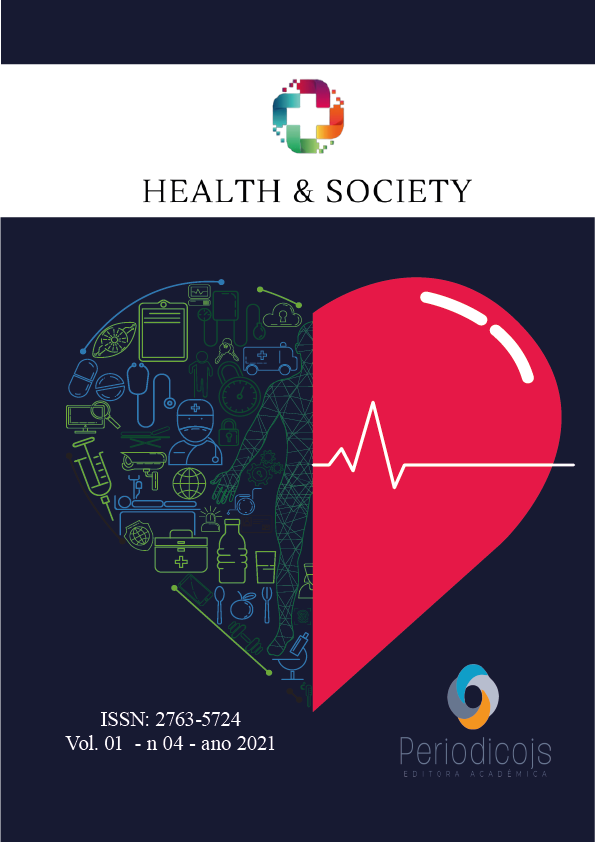Abstract
The speech valve can be safe and effective for tracheostomized, conscious patients with tolerance to deflated cuff. It can be coupled between 48 and 72 hours after tracheostomy, depending on the airway permeability. Objective: The objective of this study was to identify the impact of the use of the speech valve on adult patients hospitalized in the city of Campo Grande, in the state of Mato Grosso do Sul, aiming at swallowing, reintroduction of diet orally in a safe way and decannulation. Method: The longitudinal method with indirect and direct evaluation with PAP, PITA, PARD, BLUE DAY TEST, DECANULATION PROTOCOL AND SCALE was used in adult and hospitalized patients. Results: Regarding the criterion of time for decannulation, after the beginning of the training with the speech valve, we consider the following findings. All patients decannulated within a maximum of 15 days after the use of the speech valve. All started oral feeding in a maximum of 7 days after using the speech valve. And SNE was removed in all patients within 15 days after using the speech valve. There is evidence that the use of the speech valve has positive impacts on the swallowing process, reintroduction of the diet orally in a safe way and on the decannulation process. Conclusion: It was concluded that the use of the speech valve brought benefits to patients, in addition to facilitating the phonation process and the adjustment of the respiratory pattern closer to the physiological one before decannulation has an importance in swallowing and a decrease in the time of swallowing. Decannulation.
References
MASON M., WATKINS C. Communication for the tracheostomized and ventilator patient uilizing the Passy-Muir valve. Paper presented at Technology and Persons With Disabilities conference.1992a: 18-21.
PASSY V. Passy-Muir tracheostomy speaking valve. Otolaryngology Head Neck Surg 1986; 95 (2): 247-8.
4. FREY J.A., WOODS. Weaning fron mechanical ventilation augmented by the Passy-Muir Speaking Valve. Paper presented at: international conference of the American Thoracic Society 1991: 12 – 15.
LITCHMAN S. W., BIRNBAUM I. L., SANFILIPPO M. R., et. al. Effect of a tracheostomy- speaking valve on secretions, arterial oxygenation, and olfaction: a quantitative evaluation. J Speech Hear Res 1995; 38(3): 549-55.
GARCIA FINOTTI. Influência da válvula de fala no desmame da ventilação mecânica e no tempo de traqueostomia: Uma revisão da literatura. Ribeirão Preto, 2017.
ELPERN. E. H., BORKGREN OKONEK M., BACON M., GERSTUNG C., SKRZYNSKI
M. Effect off the Passy-Muir tracheostomy speaking valve on pulmonary aspiration in adults. Heart Lung 2000; 29: 287 – 293.
PASSY, V., BAYDUR, A., PRENTICE, W.,M., & DARNELL – NEAL, R. Passy-Muir tracheostomy Speaking valve on ventilador dependent patients. Laryngoscope 1993;103: 653- 658.
ANDRADE & LIMONGI. Disfagia prática baseada em evidências. Ed. Sarvier,São Paulo, 2012.
LACCINO & SILVA – Atuação Fonoaudiológica em pacientes disfágicos em uso de ventilação mecânica invasiva no homecare.Goiás, 2015.
SANTANA et al. Critérios para avaliação clínica fonoaudiológica do paciente traqueostomizado no leito hospitalar e internamento domiciliar. Revista Cefac. 2014 março- abril; 16(2):524-536.





